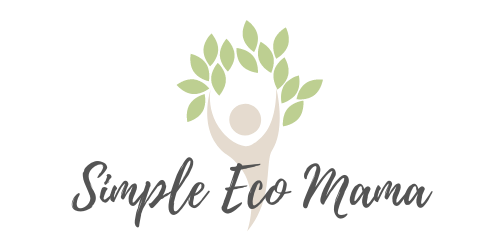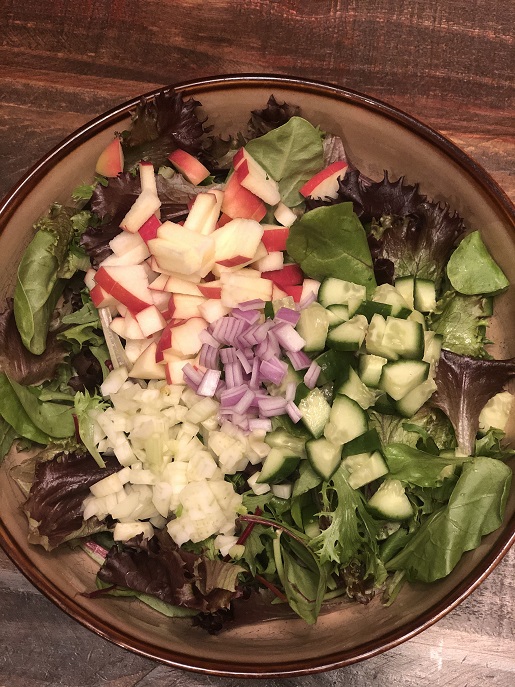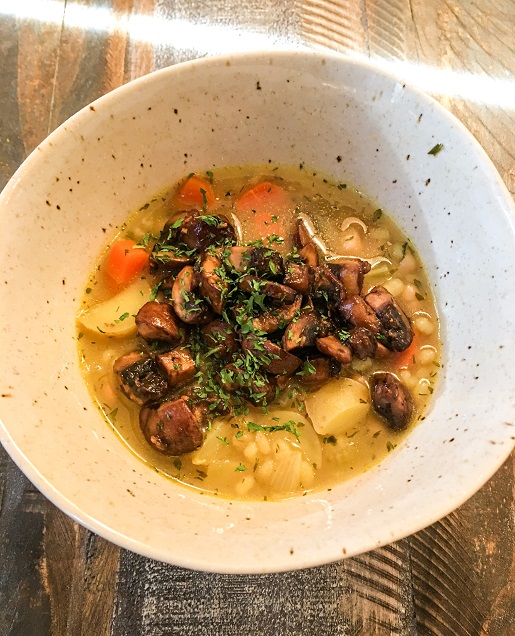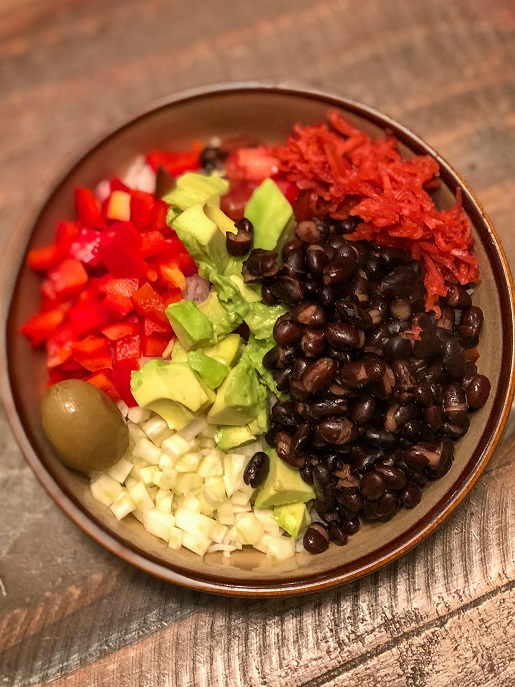Nutrition Confusion? 10 Simple Nutrition Tips for Mamas
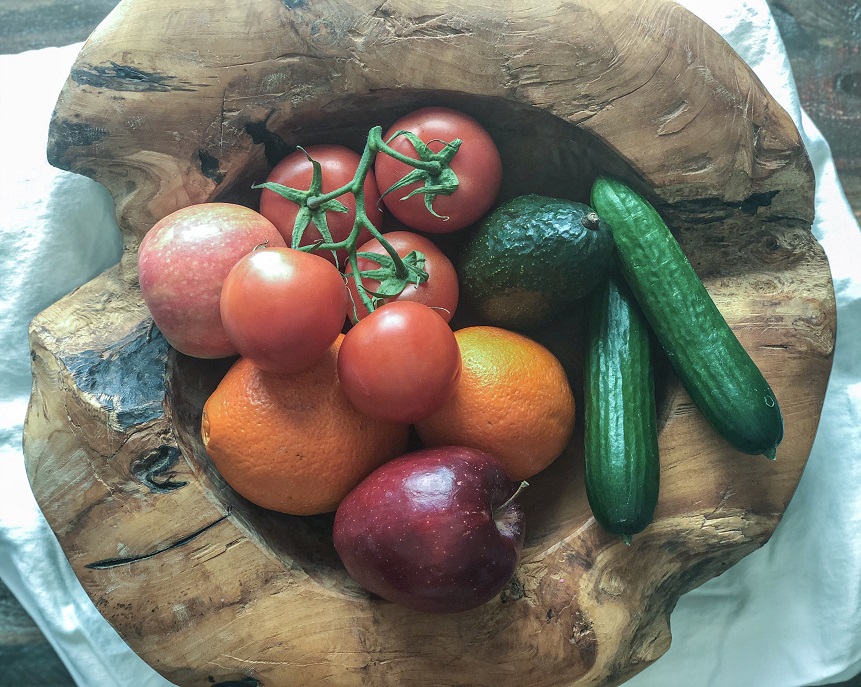
Table of Contents
Our Bodies Deserve the Best
Have you ever thought about how people are willing to pay top dollar to fuel their cars with the best gas but are not willing to pay top dollar to put the best fuel into their own bodies? We only have one body, one home, and should do our best to take care of what we have while we are here. See below to find out what to eat for optimal nutrition as well as 10 simple nutrition tips for Mamas.
Take care of your body. It’s the only place you have to live.
Jim Rohn
Think about it. We wouldn’t even feed our pets or any other animals for that matter the foods that we feed ourselves. That is a sign right there that we can and need to do better. Animals in nature know exactly what they need to eat to survive. We, on the other hand, are so confused that we are feeding ourselves food made in a factory covered in oil and salt, food fried in grease, or eating straight-up sugar. All of which have no nutritional value. It is time for us to reconnect with our roots, where we came from and return to eating the best foods we possibly can and have access to.
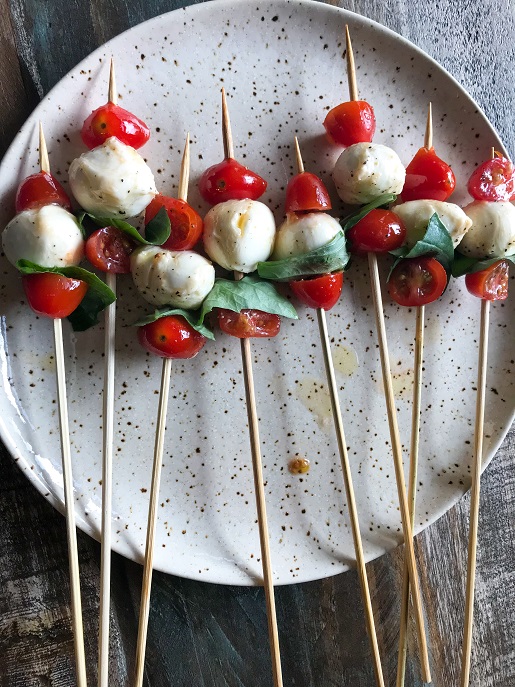
My Nutrition Journey
Nutrition is so important and is something we overlook for many reasons; convenience, time, energy, price, knowledge, etc. And it is really hard to focus on eating healthy in the midst of our stressful fast-paced busy lives.
I have tried many different ways of eating over the years and it seems like now there are so many to choose from. I first began changing my diet when experiencing a lot of stomach pain after eating or waiting too long between meals. I have seen many doctors and taken many tests over the years, but none that gave me that ah-ha moment that would allow me to pinpoint the cause of my pain. I have eaten paleo, gluten-free, dairy-free, vegan, and vegetarian. Nothing has completely helped my stomach pain, but at times it does come and go.
Whether you are eating paleo, vegan, Mediterranean, etc. the focus is on increasing whole foods and eliminating processed foods. I have researched so many different food lifestyles and they are all backed by science in one way or another. So why not combine them and find out what works best for you and your body.
Everyone is different and what may work for one person may not be good for another. I have found this to be true for me. I would love to follow a pure plant-based lifestyle due to ethical and environmental reasons as well as health but my body does not thrive eating this way.
I am petite with a thin frame and my body feels better when I am able to include a small amount of wild/hunted/ethically sourced meat. Eating a lot of beans along with veggies and soy/tofu did help my stomach pain and I would gravitate towards the more processed unhealthy sources of vegan foods to get in more calories.
I knew this wasn’t the right way to go and had to do something about it.
What is the best diet for humans? What should humans eat to thrive and reduce disease?
As much as I love learning about nutrition and health, I always had these questions in the back of my mind. Vegan, paleo, Mediterranean, keto, etc. all of which have scientific backed articles as to the benefits of that specific diet.
I recently read this article written in National Geographic by Ann Gibbons called the Evolution of Diet that finally hit home for me and truly helped me realize that it’s not a one size fits all approach. The article suggests a twist on “You are what you eat.” It states, “More accurately, you are what your ancestors ate. There is a tremendous variation in what foods humans can thrive on, depending on genetic inheritance.”
There wasn’t only one caveman diet, because there were so many cavemen. It all depends on where they lived, what season they were in, what type of foods they had access to, etc. So, all of our ancestors adapted to eating and digesting those types of foods. Which explains why some cultures can digest certain foods better than others.
Gibbons states, “It’s this shift to processed foods, taking place all over the world, that’s contributing to a rising epidemic of obesity and related diseases. If most of the world ate more local fruits and vegetables, a little meat, fish, and some whole grains (as in the highly touted Mediterranean diet), and exercised an hour a day, that would be good news for our health—and for the planet.”
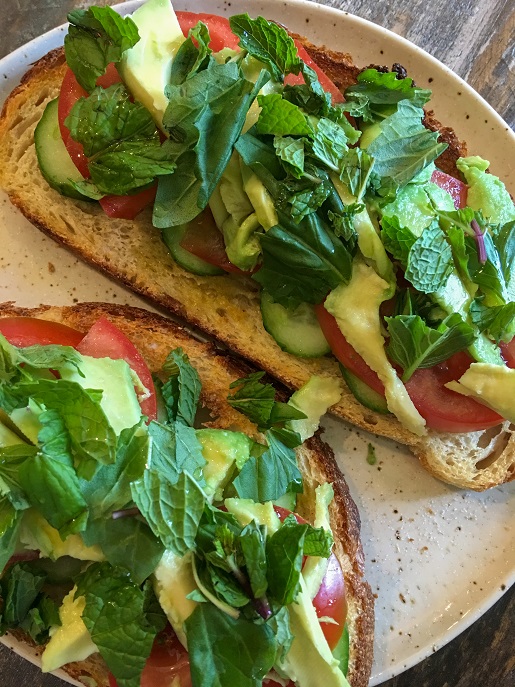
What to Eat for Optimal Nutrition
Vegetables. (Non-starchy vegetables) Lots of them. Try to make this the biggest portion on your plate, every meal if you can. Veggies are full of vitamins, minerals, antioxidants, and fiber.
Not only do they have great health benefits, but there is such a wide variety to choose from allowing for creativity when planning meals. Veggies are so beautiful and bring so much life to your plate. Your meal will be more enjoyable and it will feel good knowing you are doing what is best for your body.
Wild/sustainably and ethically sourced fish and meat. Great source for protein, vitamins, minerals, and essential amino acids. Wild fish provides omega 3 essential fatty acids, EPA and DHA, and is also packed full of vitamins and minerals. Make sure to purchase wild-caught fish, not farmed.
Grass-fed beef does not contain antibiotics, added hormones or GMOs. Grass-fed beef contains higher levels of omega 3’s, antioxidants, vitamins, minerals and less fat content than beef who consume grain.
Pasture-raised chicken and eggs. Higher omega 3 fatty acids and a lower omega 6:3 ratio than chickens who do not have access to the pasture. Also higher in vitamins and minerals and lower in saturated fat and cholesterol.
Whole grains. A great addition to your diet with many benefits. Whole grains are high in fiber, protein, vitamins, minerals, and antioxidants.
Legumes. Low fat and a great source of fiber and protein. Legumes are high in vitamins, minerals, and antioxidants.
Fruit. High in fiber, vitamins, minerals, and antioxidants. Eat fruit in its whole form or blend in smoothies. This will increase the nutrition and fiber in your diet. Try to cut back on juice. Juice eliminates the fiber from the fruit and can cause a spike in blood sugar levels.
Meat, eggs, whole grains, legumes, and fruit should be treated as side dishes to your vegetables. Make sure they are in smaller portions. *Be sure to add starchy vegetables to these portions as well.
Good fats. Avocados, nuts, seeds, tofu, olives, etc. These types of good fats have higher protein, omega 3’s, vitamins, minerals, and antioxidants.
Prebiotic and probiotic foods. Help maintain your overall gut health and immune system by increasing and feeding the good bacteria in your body. Prebiotic foods feed the good probiotic bacteria in your body. There are many prebiotic foods out there some of which include apples, bananas, onions, garlic, asparagus, and dandelion greens. Probiotic foods include sauerkraut, kimchi, yogurt, kombucha, kefir and more.
These should be included in your meals, but are the smallest portions on your plate.
Spices and herbs. Not only do spices and herbs make your meals more appetizing and delicious, but they also can have medicinal qualities. Some of these spices and herbs include ginger, garlic, turmeric, saffron, cilantro, basil, parsley, cinnamon, cayenne pepper, etc.
Now that we have covered what types of food to eat, let’s discover the ways we can incorporate optimal nutrition into the diet.
Nutrition Tips for Mamas
1.Hydrate. The human adult is made up of 60% water overall. Our bodies need water to survive. Water is essential to help maintain the temperature in our body, lubricate joints, and protect organs. It also aids in digestion and helps the body remove waste.
Dehydration can occur when you do not consume enough water per day. Some symptoms of dehydration include poor brain function, headache, less energy, digestion issues, dry skin and more.
Use this hydration tool to gauge whether or not you are drinking enough water.
“Water is the most neglected nutrient in your diet, but one of the most vital.” – Julia Child
2. Eat seasonally. I have learned a lot from Dr. John Douillard over the years and love the Ayurvedic teaching to eat seasonally. Not only does it make sense to eat seasonally for fresher local produce, but eating seasonally works with your body as well. Your digestion is stronger in the winter which is when you should be eating more of your meats, whole grains and harder to digest foods. In the spring, eat more berries, beets, cherries, and bitter foods such as arugula and dandelion greens for cleansing the system from winter. In the summer, eat more plant-based and enjoy all of your veggies, greens, and fruits that are harvested.
3. Grow your own food. Not only is gardening a very calming and peaceful activity for busy Mamas, but it also provides your family with more nutritious fruits, vegetables, and herbs than what you will find in the store. Gardening can involve the whole family and encourage your children to be more adventurous with the foods that they eat.
4. Eat locally. Grow what you can in your garden and then visit your local farmer’s markets and farms for the rest of your items. Your food will be higher quality, you will know where it came from and how it was sourced or harvested. This does not only include your vegetables, fruits, and herbs but your meat and dairy as well. Eating locally supports your local economy and is more sustainable.
5. Eat more plant-based and less meat. Not only is this good for your health but also good for the environment. Reduce the portion size of meat on your plate or go a step further and reduce the number of times you eat meat each week.
When eating out, try new vegan restaurants. Most times, restaurants do not state whether the fish is wild or the meat is grass-fed, free-range or even where it came from. Due to those reasons, I prefer to eat plant-based meals when I eat out. You can always ask when ordering, but I usually do not like to make a fuss about it. Not only are the plant-based meals nutritious, but it is also fun to learn about new ways of eating and new recipes as well.
6. Focus on creating simple meals at home. Plan your meals and snacks. This will help you keep track of what you will need for the home for that week. Batch cook on the weekends if needed. And if you really have some extra time or can fit this in, try baking your own bread, nut milk, nut butter, granola, crackers and snacks for kids. Every little bit helps and will have a higher nutritional value than what you will buy from most grocery stores.
7. Eat a well-balanced diet. See the list above on what to eat for optimal nutrition. It’s ok to have dessert or treats on occasion but make them at home. They will be much healthier and you will know exactly what is in them. And your kids will have fun making them with you!
8. Focus on eating more whole foods found in nature and less processed foods made in a factory. Your body will begin to crave what you eat more of. It’s quite amazing. When you are craving chips or sweet treats, head over to the fridge and eat a more balanced satisfying snack, an apple with nut butter or hummus and veggies. Work on this step every day. Soon you will be surprised by the fact that you don’t even want those unhealthy foods anymore.
It’s not about being perfect.
I feel like Mamas have so much pressure on us to be perfect. Not just about feeding ourselves and our family but in many areas. I am definitely not perfect but strive to do my best when it comes to nutrition and health for my family. It’s hard to get away from all processed food, but when you can, plan ahead and make snacks at home. When you purchase these foods from the grocery store, find the healthiest versions possible with the least ingredients.
I am working on building up the Simple Eco Mama recipe collection. Stay tuned for more!
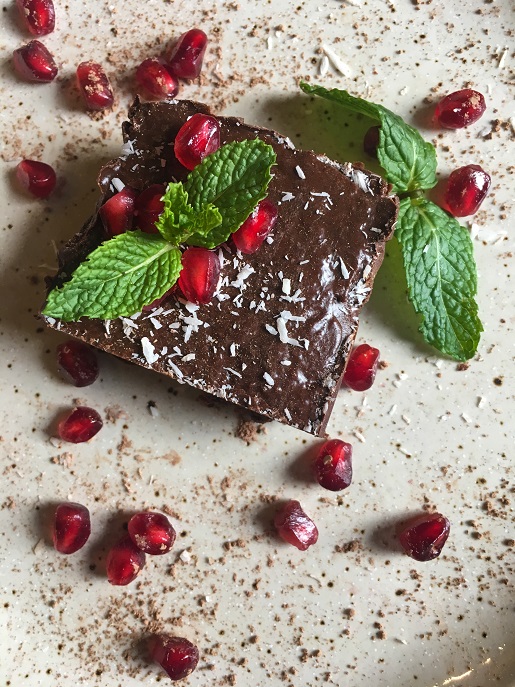
9. Mindful cooking and eating. Do you notice a trend in all of the benefits in the food items listed above? They all contain numerous vitamins, minerals, antioxidants, and even medicinal qualities. They can help reduce the risk of many health conditions such as heart disease, diabetes, some autoimmune disorders and certain types of cancer and more. Food is medicine.
The next time you eat or prepare a meal, ask yourself if the foods you are making or ordering are providing any nutritional or health benefit to you. Be very mindful of and aware of the process of eating your food and what you are putting into your body.
If you are making and cooking your food, prepare and cook the food in a mindful way as well. Be in the moment and enjoy the process. Be thankful for the food you have, where it came from, and how it will benefit and nourish you and your family.
Last But Not Least
10. Exercise and make sure to get out in nature!! I know this isn’t a nutrition tip, but feel they go hand in hand. We aren’t as active as we once were, whether it be searching for food or just doing what it takes to survive in nature.
Like the article stated above, try for one hour a day, but if you are not able to fit it in, start small and fit something in. Start with 15 minutes and grow from there. Small and consistent steps will help you achieve your goals.
To see why nature connection is so important to us, please visit my article, Connect with Nature for a Happier Healthier Family.
Exercise and nature may also help to reduce stress and bring a sense of calm into your life. Read Embrace the Quiet to find out more.
Hiking in the mountains…Exercise and Nature! Can’t get any better!

If we could give every individual the right amount of nourishment and exercise, not too little and not too much, we would have the safest way to health.
Hippocrates
In Conclusion, Nutrition is Essential
One size does NOT fit all. Now I’m not talking about clothing here, although, what’s up with the one size fits all business?! How does that work? Rarely does one size fits all ever fit me. Haha!
Anyway, the same goes for food and diet. There isn’t just one way of eating that is right for everyone. Choose clean healthy foods that benefit your body and make you feel good. It is important for Mamas to feel our best to allow us to tackle our busiest of days with ease.
Use the nutrition tips and list of foods above to optimize the diet that works best for you. Make sure you are eating from all categories to ensure you are getting the essential nutrients your body needs to thrive. Vegetables, proteins, whole grains, good fats, spices and herbs, prebiotics and probiotics are all part of the key to good health. And remember to hydrate!
Have you tried any of the nutrition tips listed above? How has it impacted your life? Please share below!
***Health Disclaimer: I am not a medical professional. This article is for informational purposes only. The content in this article should not be substituted for medical advice. Always consult a medical professional before making any healthcare changes. Written by a Mama who loves to research, learn, and share experiences, thoughts, tips, and ideas on nutrition and health.***
